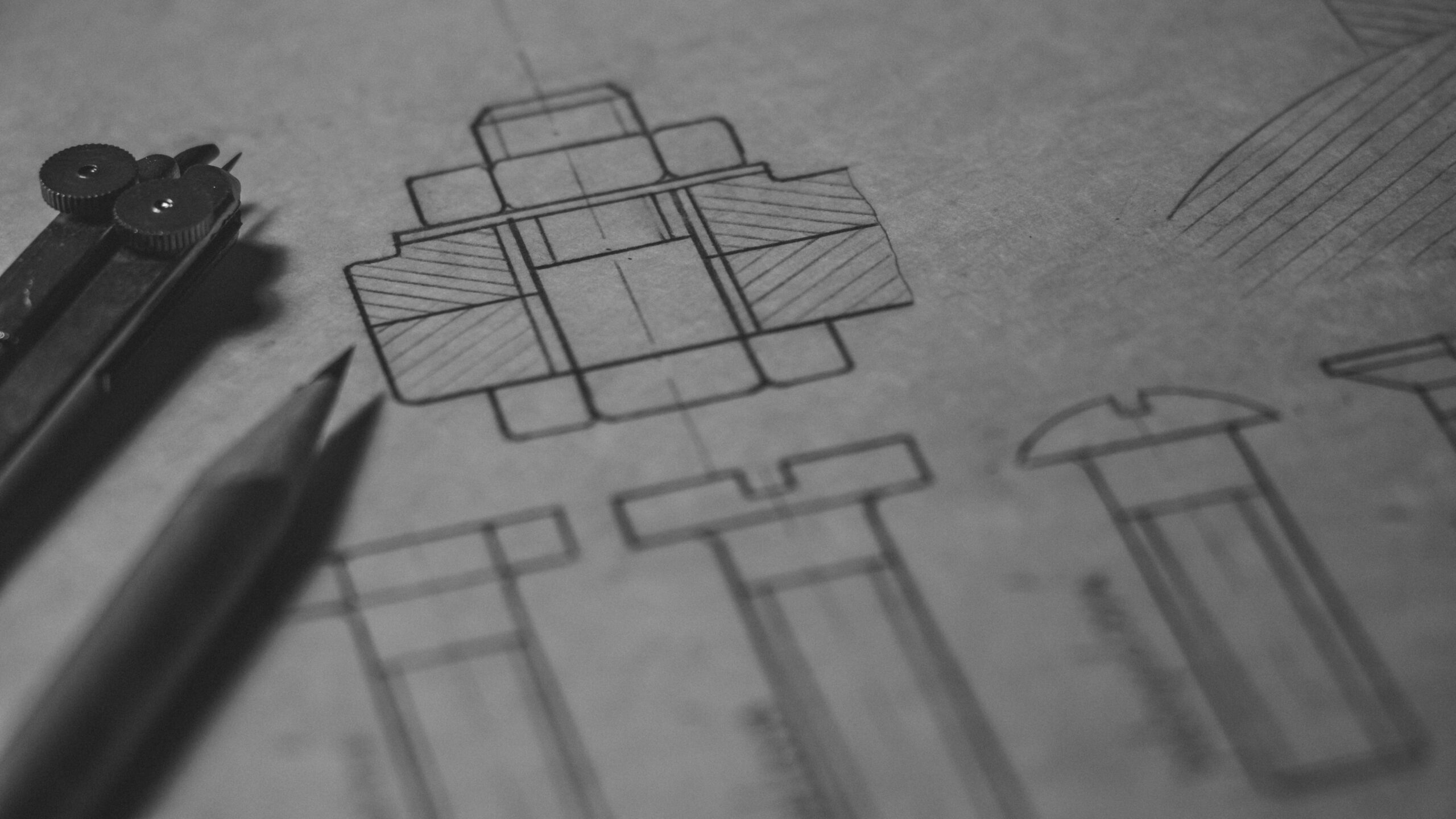In the fast-paced world of modern manufacturing, staying ahead of the competition requires innovation, speed, and precision. One of the key enablers of these attributes is rapid prototyping. This transformative process has revolutionized the way products are developed, tested, and brought to market. But what exactly is rapid prototyping, and how has it changed the landscape of manufacturing?
What is Rapid Prototyping?
Rapid prototyping refers to a group of techniques used to quickly fabricate a scale model of a physical part or assembly using three-dimensional computer-aided design (CAD) data. Unlike traditional prototyping, which can be time-consuming and costly, rapid prototyping allows for the swift creation of models or parts using additive manufacturing (3D printing) technologies, as well as subtractive methods like CNC machining.
The Evolution of Rapid Prototyping
Rapid prototyping has come a long way since its inception in the 1980s. Initially, it was primarily used for creating visual models. However, with advancements in technology, rapid prototyping now serves a variety of purposes, from functional testing to the creation of final production parts.
Key milestones in the evolution of rapid prototyping include:
- Stereolithography (SLA): One of the first rapid prototyping methods, SLA uses a UV laser to cure photopolymer resin layer by layer.
- Selective Laser Sintering (SLS): This technique involves the use of a laser to sinter powdered material, creating solid structures.
- Fused Deposition Modeling (FDM): Widely used due to its affordability and versatility, FDM extrudes thermoplastic filaments to build parts layer by layer.
- Metal 3D Printing: Technologies like Direct Metal Laser Sintering (DMLS) and Electron Beam Melting (EBM) have enabled the creation of metal parts with complex geometries and high strength.
Benefits of Rapid Prototyping
Speed and Efficiency
One of the most significant advantages of rapid prototyping is the speed at which designs can be realized. This allows for faster iterations, reducing the time from concept to prototype. In industries where time-to-market is critical, this speed can be a game-changer.
Cost-Effective
Traditional prototyping methods often involve expensive tooling and molds, which are not cost-effective for low-volume production. Rapid prototyping eliminates the need for these tools, making it a more affordable option for creating prototypes and short production runs.
Design Flexibility
Rapid prototyping allows for greater design freedom, enabling the creation of complex geometries that would be difficult or impossible to achieve with traditional manufacturing methods. This flexibility is particularly beneficial in industries like aerospace and medical devices, where custom, intricate designs are often required.
Risk Mitigation
By allowing for thorough testing and validation of designs before full-scale production, rapid prototyping helps identify and mitigate potential issues early in the development process. This reduces the risk of costly errors and design flaws in the final product.
Applications of Rapid Prototyping
Rapid prototyping is utilized across a wide range of industries, each benefiting from its unique advantages:
- Automotive: Used for creating everything from concept models to functional parts for testing and evaluation.
- Aerospace: Enables the production of lightweight, complex components that meet stringent safety and performance standards.
- Healthcare: Facilitates the development of custom medical devices, prosthetics, and even patient-specific surgical models.
- Consumer Electronics: Allows for the quick iteration of design prototypes, ensuring optimal product functionality and aesthetics.
The Future of Rapid Prototyping
As technology continues to advance, the capabilities of rapid prototyping are expected to expand further. Emerging trends include:
- Multi-Material Printing: The ability to print with multiple materials simultaneously, allowing for the creation of parts with varied properties.
- Increased Speed and Precision: Ongoing improvements in hardware and software are leading to faster print times and higher resolution parts.
- Sustainability: The development of eco-friendly materials and processes to reduce the environmental impact of rapid prototyping.
Conclusion
Rapid prototyping has undeniably transformed the manufacturing landscape, offering unprecedented speed, flexibility, and cost-efficiency. As this technology continues to evolve, it will undoubtedly play an even more significant role in driving innovation and shaping the future of manufacturing.
Whether you are a startup looking to develop a new product or an established manufacturer seeking to improve your production processes, embracing rapid prototyping can provide you with the competitive edge needed to succeed in today’s dynamic market.t post. Edit or delete it, then start writing!


One response to “The Evolution and Impact of Rapid Prototyping in Modern Manufacturing”
Hi, this is a comment.
To get started with moderating, editing, and deleting comments, please visit the Comments screen in the dashboard.
Commenter avatars come from Gravatar.